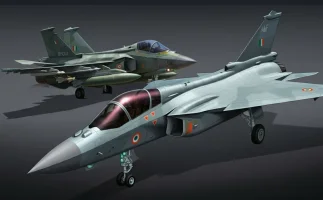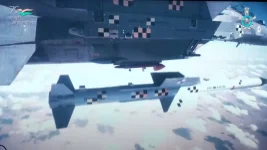- Views: 2K
- Replies: 13

The Indian Air Force (IAF) is preparing to retire its venerable Kiran trainer aircraft starting in 2025. This fleet of trainers, a mainstay of IAF pilot training for over four decades, is reaching the end of its operational life.
The intended replacement, the domestically developed Sitara Intermediate Jet Trainer (IJT) by Hindustan Aeronautics Limited (HAL), has been plagued by delays, raising concerns about a potential gap in the IAF's training program.
The Kiran, introduced in the 1970s, has been instrumental in transitioning pilots from basic trainers to advanced combat aircraft. However, with aging airframes and systems, the IAF has determined that the Kiran needs to be phased out to maintain a modern and effective training program.
HAL's Sitara IJT was envisioned as a more advanced successor to the Kiran, designed to provide a smoother transition to frontline fighter jets. It promises enhanced training capabilities, focusing on aerobatics, advanced avionics, and combat simulations.
Despite its first successful flight in 2003, the Sitara IJT has faced numerous setbacks, pushing its induction into the IAF far beyond the initial 2012 target. Technical challenges, including performance issues at high altitudes, have hampered its development. Even after two decades, the Sitara has yet to receive approval for full-scale production.
These delays have raised concerns within the IAF, particularly as the 2025 retirement date for the Kiran approaches. The IAF is increasingly reliant on the aging Kiran trainers, potentially impacting its ability to train pilots on the latest generation of fighter aircraft, including the Rafale and Tejas.
The pressure is now on HAL to expedite the Sitara's development and production. A successful induction of the Sitara IJT would not only modernize the IAF's training program but also represent a significant achievement for India's indigenous aerospace industry.
The IAF's ability to maintain a robust pilot training program in the face of these challenges remains a critical issue. The coming years will be crucial in determining whether the Sitara can overcome its hurdles and fulfill its role as the Kiran's successor.



